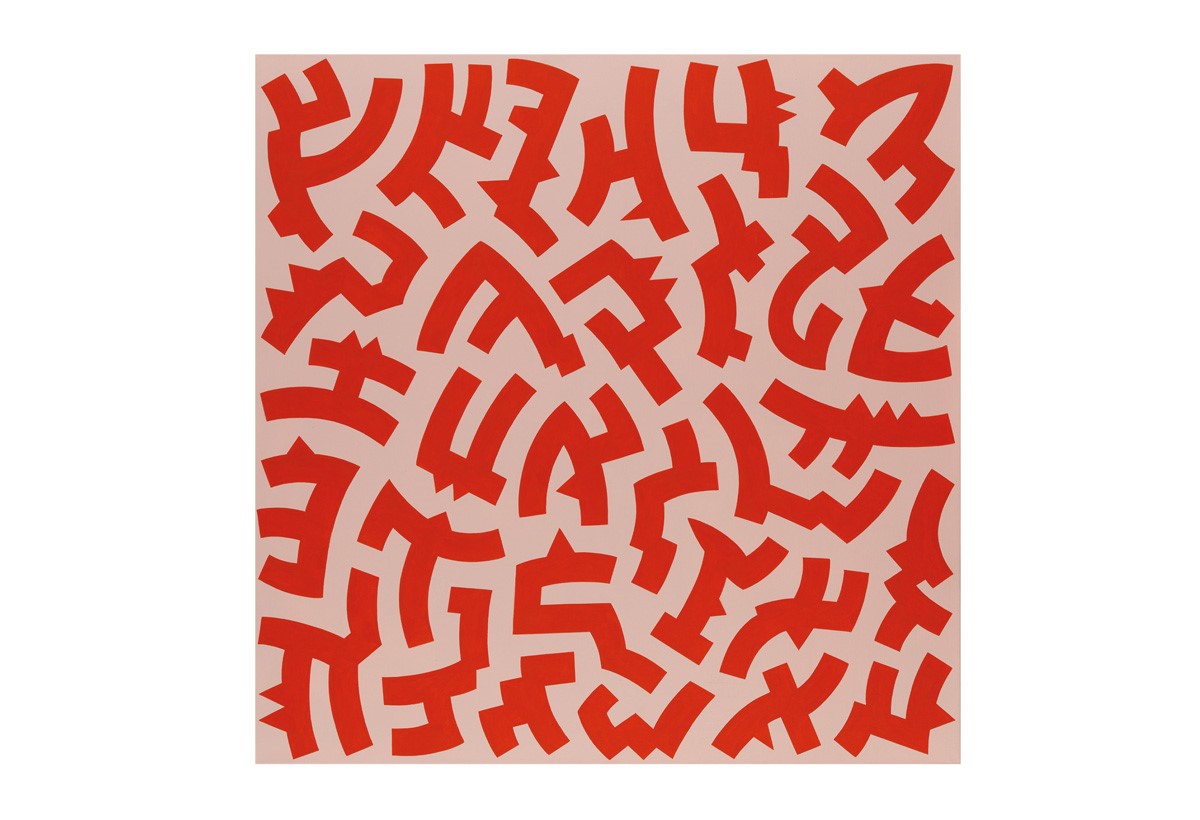Colors red, for example
Colors can also be signs, symbols that stand for something else, or support symbols. There are a lot of interesting findings about colors and color symbolism, but also quite a lot of pseudo-psychology. The interpretation of colors is often all too close to charlatanry and pseudo-psychology. Color symbolism usually has a cultural background and is also influenced by current societal trends. Colors can be interpreted quite differently, often situationally, and are also part of seasonally changing fashions.
Colors are the construct of the brain; outside of it, they don’t exist in this way. The perception of colors is a subjective sensation. To this day, physics cannot explain the nature of color comprehensively; science cannot provide a uniform definition. There is an explanatory gap between subjective perception and its materialist description. Colors cannot be reduced to neuronal or physical processes. In philosophy, too, the theses as to what color is are widely divergent.
For example red
As the color of blood, fire, and warmth, red connects people with very old experiences. Among all the colors, red excites the strongest emotions and attracts the greatest attention. In the Middle Ages, red was the color of the aristocracy, but also of disinhibition and lust. In witch trials, if the women had red hair this was considered proof of a pact with the devil. Today, especially in Europe, we associate red with beauty, love, and passion, or with hatred. It is the color of cardinals in the Catholic clergy, and the color of hell. The color of the political left, of socialism and communism, and the color of sexuality, of love for sale in red-light districts. That the matador’s red muleta provokes the bull, however, is hardly possible, as bulls are color blind. Red signals danger and is therefore used throughout the world, quite independently of culture, for traffic signs prohibiting certain actions, for alarm buttons, flashing lights etc. Red can also be found in more than 70% of all national flags in the world, usually independent of political orientations.
Today, colors are an integral part of signs and symbols. They help us to understand signs, to navigate daily life, to be found on traffic signs, signage, markings, etc.
Of the millions of signs of all kinds that we see every day, only very few are self-explanatory. Color symbolism doesn’t help much, the possible range of interpretation is too ambiguous and arbitrary. Because signs always have to be seen in a cultural context (for example writing and symbols) and because the vocabulary of forms is usually abstract, they don’t allow an interpretation without additional explanation. Without a meaning assigned to them, signs are often merely abstract shapes, at best with a unified or similar typology in the use of forms and color codes.
The colors of my signs have no symbolic significance. The choice of color is spontaneously defined, always new from picture to picture or from group to group, and does not follow any concept. When, for example, a group of 16 pictures is monochrome and not colorful, the possibility of individual placement of the pictures allows for changes of the overall sign picture, and the color combinations can also be changed. In this way, I intentionally preclude my pictures from the question of the relationship between the psychological and the physical aspects of colors.

